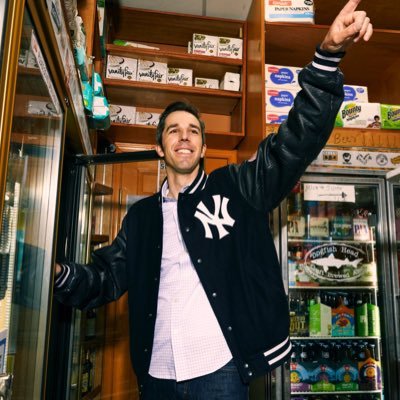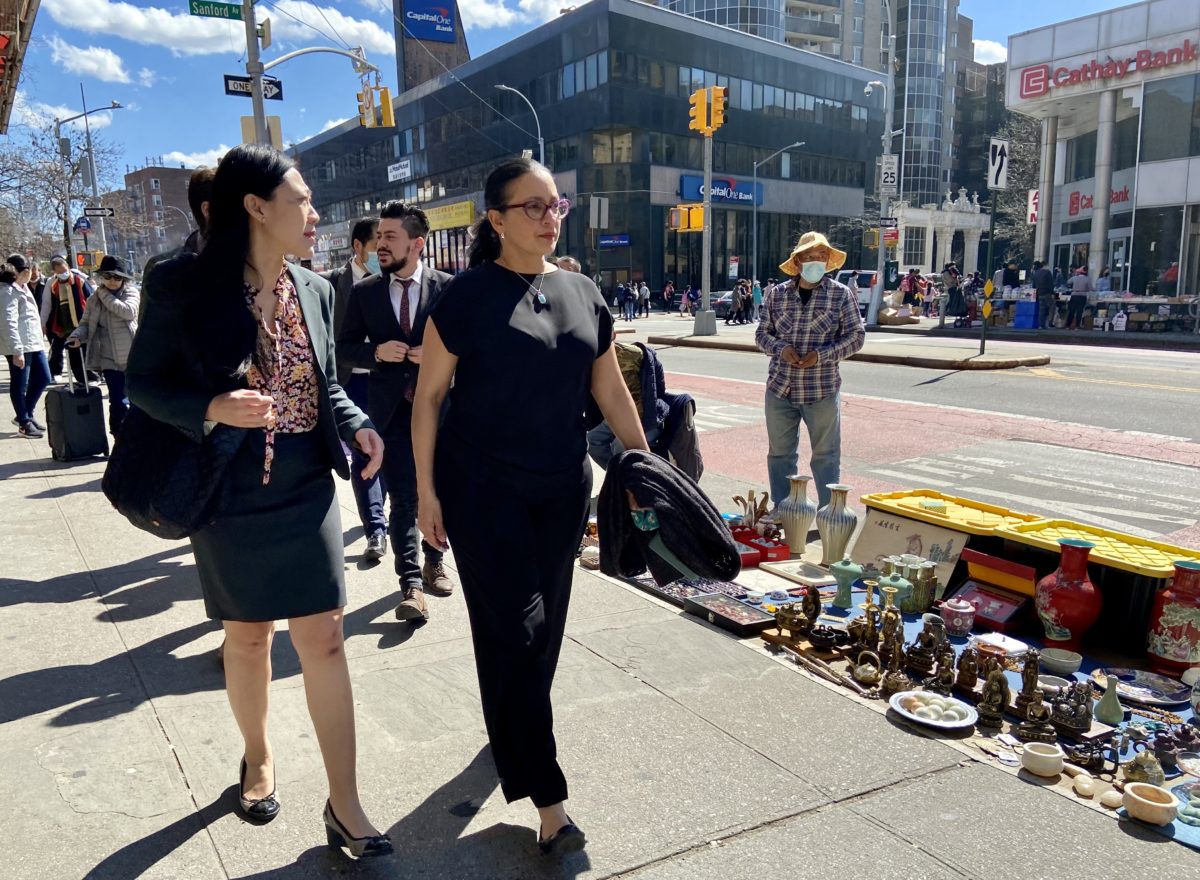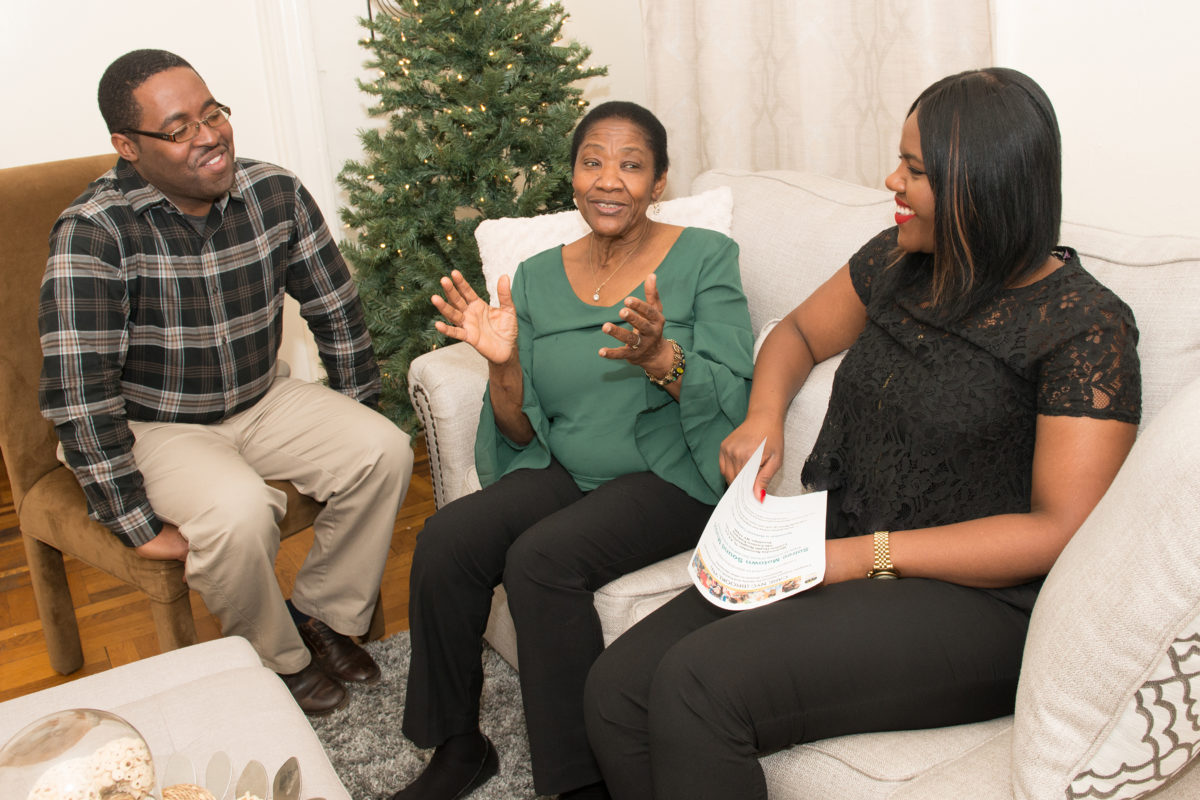Perlman: David Miller and Holocaust Survivor Portraits
A Testament for All Time
By Michael Perlman
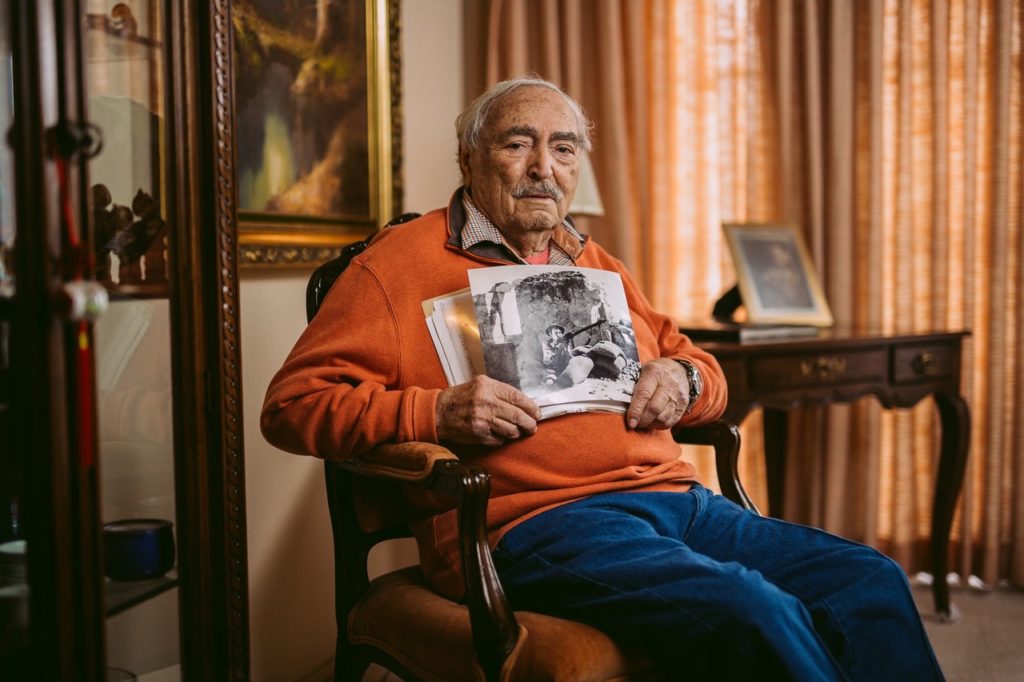
Jean Greenstein was born in 1924 in Velky Sevlus, Czechoslovakia. Hid family was transported to Auschwitz, where all but Jean and his sister perished. Jean passed away in 2018.
Rego Park resident David Miller, 42, is not only a professional photographer, but a local hero.
He is the founder of the diverse David Miller Studios and his most timeless work results from photographing Holocaust survivors.
“My Holocaust Survivor Portraits aim to teach people about the Holocaust through stories and to honor these survivors, recounting the often-incomprehensible adversities they suffered, and paying visual tribute to the lives they have rebuilt,” Miller said.
Additionally, his goal is to remind the Jewish community among others that thousands of survivors are still alive, but many are struggling financially and/or emotionally.
Miller launched his Holocaust Survivor Portraits project in 2011, and to date, he feels honored to have met and photographed over 100 survivors. He also bears family ties to the Holocaust.
“My maternal grandmother escaped and fled Nazi Germany on the Kindertransport to the United Kingdom, where she settled and raised her family,” Miller said.
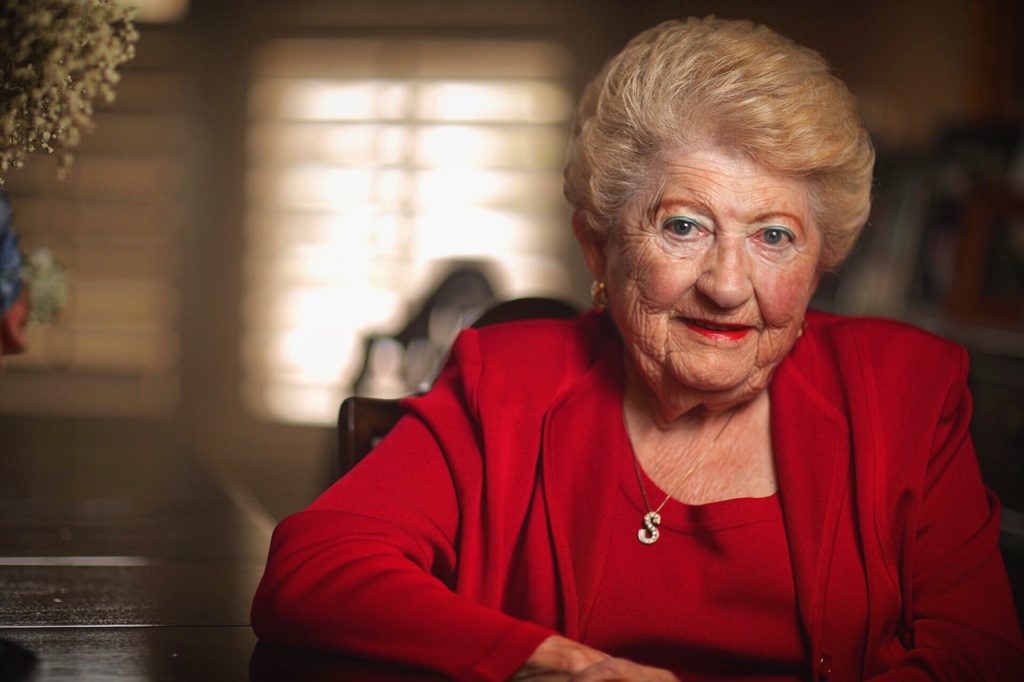
Sonja Rosenwald, Survivor. Los Angeles, CA
Miller was raised in a small town named Sharon, Ma. just south of Boston. In 2009, he relocated to Los Angeles, where he originated his event photography studio. David Miller Studios offers wedding, event, and portrait photography (family and headshot) services, as well as album design and videography.
“Our work is photographically unique, and we strive to produce images that are truly photojournalistic, artistic, and meaningful,” Miller said.
In 2011, The Jewish Journal of Los Angeles launched a bi-weekly column, profiling Holocaust survivors in the Greater Los Angeles community.
He reminisced, “I was fortunate to become the photographer responsible for capturing those images, and I was also fortunate to work within the Jewish community photographing events.”
He began developing an audience after sharing his compositions on Facebook, and after networking in various ways, his talent received recognition. “They pitched the project, and I was thrilled to become involved,” he recalled.
To Miller, both the camera and the photographic image mount to great value in society.
He explained, “Through exhibition and education, images reflect personal meaning and the power of telling a story and the freedom to tell that story in whatever way you choose. I became a photographer because just like poetry is limitless in its creativity, so is photography, where opportunities to capture subject matters bear no boundaries. The camera offers me that creative freedom.”
Although he sees many sights through the lens, above all he sees “life composed in the moment.”
“Of course, I see light, shadow, color, and shape, but these are only technical attributes to what is needed to master the camera and proper exposure,” he continued.
On many occasions, Holocaust survivors share their stories when Miller forever preserves a moment of their time, but most of all their legacy. One of many stories is that of Jean Greenstein, who was born in July 1924 in Velky Sevlus, Czechoslovakia, but passed away in February 2018 in Los Angeles.
“Jean’s father was a dentist, a WWI veteran, and a prominent community member,” Miller explained. “When the German army took control of Hungary in 1944, Jean’s father attempted to rescue the family by going into hiding, but it was too late.”
Miller said, “they were transported to Auschwitz, where all but Jean and his sister perished. Jean hid in a basement until captured, and subsequently escaped and joined the underground resistance in Budapest in the guise of an SS officer and distributed schutzpass to people being shipped to Auschwitz, thereby allowing them to escape. After the war, he fought for Israel’s independence.”
When Miller met Jean, he knew he was in the presence of a hero. “Jean served in one of the first Israeli military brigades, the Haganah – Palmach unit fighting for Jerusalem, as pictured in an image that he was holding. Remember this was a man who joined the underground resistance and posed as an SS Soldier, saving countless Jewish lives. Please remember Jean as a hero, a father, and a pillar of strength and inspiration. Tears frothed into my eyes listening to his story.”
As a photographer and humanitarian, it is significant for Holocaust stories to be documented and shared through photos and text.
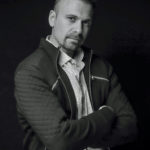
Photographer David Miller of Rego Park
“The true power of my Survivor Portraits as a body of work is drawn from the subject’s individuality when being photographed, and their willingness to share experiences so near and distant to their heart,” Miller said. “The photographs you see are undoubtedly only minute representations of the individuals and to their status as “Survivors,” a term to which Holocaust memories rip apart lives and recall years of emotional pain and lost loved ones. It is my hope that this project grows with an evolving interest to teach what must never be forgotten.”
Backtracking, after Miller graduated from the University of Massachusetts Amherst, he pursued a corporate ladder position in the financial world, and in his mid-twenties, he began exploring photography as a hobby.
His first camera was a Canon EOS Rebel 2000.
He reminisced, “I began shooting with film, mostly nature and landscapes, since I love the outdoors. Quicker than I thought, I would share my work, and people said that my pictures were quite good. Even though I always had a savvy knack for being able to self-motivate and sell myself, I thank those people, since their encouragement pushed me at times.”
Today, he uses a variety of cameras, which varies based on context. His professional rig includes a Canon Mark IV Digital SLR and two Fuji Mirrorless Advanced digital models, the xh-1 and the x-pro2. He only uses high-end professional glass, to ensure superior optical functionality.
One must wonder if anyone in Miller’s family influenced his career as a photographer, and if he takes much inspiration from elder generation notable photographers.
He said, “No one in my family pursued a career in photography, and even though my parents had medical careers, they were always supportive of my choice as a photographer.

“Julius is holding a list of prisoners killed in the crematorium at Auschwitz”
Two photographers that influenced me most are Steve McCurry, a renowned National Geographic photojournalist and portrait photographer, and Ansel Adams, who is undoubtedly one of the most passionate landscape photographers.
They are masters of their craft, and I respect their talents immensely. Other notables include James Nachtwey, a prolific photojournalist and war photographer whose harrowing images inform, educate, and influence societies and politics worldwide.”
Miller’s photography sparked the attention of cultural institutions. In January 2014, the Los Angeles Museum of the Holocaust exhibited 29 of his Holocaust Survivor Portraits.
“The exhibit stood as a gallery of living history, as each of these survivors personally witnessed one of the definitive moments of the 20th century; Adolf Hitler’s genocidal campaign against the Jews of Europe,” he said. “The exhibit included an accompanying catalog with the stories that appeared in the Jewish Journal. Most of the survivors who were profiled waited decades after World War II to tell their story. Some of them have never before told their story outside of their immediate families, but all tell important stories of devastating heartbreak, brutality, miracles, and the arduous rebuilding of broken lives.”
Since elder generations are passing on, time is of the essence to further develop the Holocaust Survivor Portraits project by keeping the spirit alive of all survivors, as well as memorializing the victims who perished.
“Expanding the project means getting out there and photographing survivors, as well as accompanying truthful words behind evocative portraits,” Miller said.
To schedule a Holocaust Survivor Portraits visit, Miller accepts business calls at 732-806-1847 or emails at Survivorfolio@gmail.com. He also aspires to publish a book, reflective of his long-term photography project and the stories that unfold, but welcomes funding assistance and a connection with a publishing house.
Follow Miller at www.facebook.com/Survivorfolio and at www.instagram.com/holocaust_survivor_portraits




 His focused shifted to America, however, when he took a survey course in U.S. history at the University of Stirling, where he earned his bachelor’s degree with first-class honors as well as his doctorate.
His focused shifted to America, however, when he took a survey course in U.S. history at the University of Stirling, where he earned his bachelor’s degree with first-class honors as well as his doctorate.

